This post may contain affiliate links. Please read my disclosure policy.
You know how important it is to me to share as many health hacks as possible with you. And it’s more than just physical health. Of course, I love telling you about the clean recipes and clean products that make me feel my best and strongest, but mental and emotional health matters, too. For example, you already know I’m a big proponent of therapy for getting to the root of what’s weighing on you!
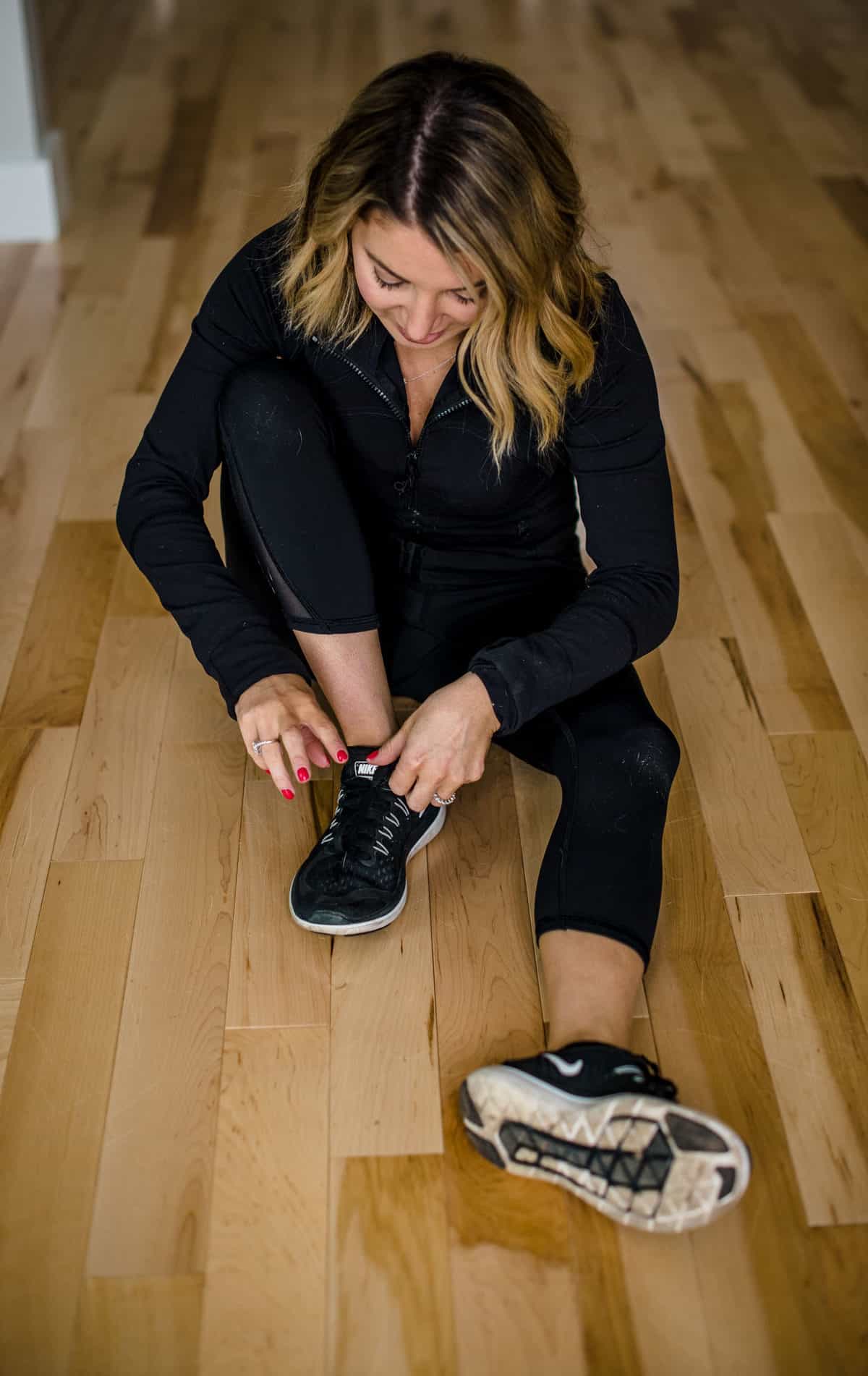
Let’s Break Down Seasonal Affective Disorder
With winter just around the corner for many of you in the LCL community — including our team here in the Northeast! — I wanted to chat about the change in mood that many people experience at this time of year. After all, if you know that something like this might be in the mix for you over the coming months, you can better prepare for it and look out for some of the signs.
There’s a lot to love and enjoy about the colder months (holiday traditions! cozy time at home! snowball fights!). These months — especially this year, with so much unknown in the world around us — can also be hard on our mental health. I always feel better when I find out that I’m not the only one dealing with a particular challenge. With this one, we’re in this together!
Many people just feel a little down in the winter. Lower temperatures and fewer things to do can make you feel isolated — and with current social distancing and shelter in place measures as a result of the pandemic, those feelings of isolation are at an all-time high.
Here are a few common symptoms that people experience when the seasons begin to turn, according to Psychology Today and the Mayo Clinic:
- Feelings of hopelessness and sadness
- Fatigue to the point of oversleeping or sleeping too much
- Difficulty sleeping
- A change in appetite, especially an unusual craving for sweet or starchy foods
- Heavy feelings in your limbs
- A drop in your energy level
- Difficulty concentrating
- Irritability
- Increased sensitivity in social situations or an avoidance of social situations altogether
- Physical discomfort like headaches or stomach aches
- Symptoms associated with non-seasonal depression, including feelings of guilt, a loss of interest or pleasure in activities you usually enjoy
Many of us can experience a combination of these symptoms in the wintertime. You might have heard the expression “the winter blues!” It’s easy to feel moody and out of sorts when it’s cold and dark outside.
If, however, these symptoms are beginning to feel out of control, you may be experiencing a full-blown, more serious case of seasonal affective disorder, better known (appropriately) as SAD. At that point, you might consider seeking help from a medical professional! While the vast majority of people who have SAD are able to manage the symptoms on their own, it never hurts to have an expert in your corner if you’re concerned about your health.
Here’s where those winter feelings come from, no matter their magnitude…
Because there is less sunlight in the fall and winter months, our internal clocks are disrupted. Fewer hours of sunlight can cause a dip in serotonin and melatonin levels. And since melatonin regulates sleep patterns and moods, any change in those levels can be disruptive to mental health. Per the Mayo Clinic, winter moodiness and seasonal affective disorder occur as a result of changes in our biological clocks and circadian rhythms.
But knowing what causes something isn’t enough, right? If you suspect that you experience changes to your mental health in the winter — like millions of others! — you probably want to know what steps are available to help you feel better. As I noted above, if these symptoms sound all too familiar to you for months on end, you should consider seeing a doctor, who can diagnose you and offer solutions. If, on the other hand, you’re feeling the winter blues consistently (but to a lesser degree) in the months ahead, there are things you can do to alleviate the symptoms on your own… and naturally!
Here’s how you can ease your winter moodiness, winter blues, and mild seasonal affective disorder:
- Light therapy: According to the National Institute of Mental Health, light therapy has been a mainstay of treatment for seasonal affective disorder since the 1980s. And it’s exactly what it sounds like! With light therapy, you’re replacing the diminished sunshine of the fall and winter months by making time to expose yourself to bright light on a daily basis. On sunny days, prioritize sitting in front of a window in your home to soak in some of the limited sun we’re getting in these seasons. You can take light therapy a step further with an artificial light box like this one. Experts recommend sitting in front of a light box first thing in the morning for about 20 to 60 minutes. It’s a more efficient way to get that kind of exposure than standard indoor lightning. Who doesn’t feel better after they get a little sunlight? I also love visiting a greenhouse, if you can. It’s an instant mood boost!
- Aromatherapy: Everyday Health recommends aromatherapy for anyone dealing with these wintry symptoms. Essential oils can influence the area of the brain that’s responsible for controlling your mood, as well as your body’s internal clock… and we’ve already established that our biological clocks play a major role in seasonal moods. As you know, I’m cautious of anything with a fragrance, so I’ve already swapped in essential oils as a home spray in my house as an alternative to candles. Everyday Health recommends adding a few drops of essential oils to your bathtub at night to help get your internal clock and sleep patterns back on track. Essential oils from the poplar tree have been proven especially effective for SAD patients. This sleep blend may also do the trick! Remember to look for essential oils labeled organic, wildcrafted, and extracted without solvents.
- Exercise: Like other types of depression and mental health issues, you can combat the winter blues by moving your body. Because of the fact that seasonal affective disorder is caused by a lack of sunlight, if you can get your movement in outside (preferably in sunny conditions), that would be ideal. But exercising inside — near a window, if possible — can also do the trick.
- Stick to a schedule: Since many people struggle with being able to sleep and getting out of bed to start the day in the winter, experts suggest honing in on a daily schedule and committing to it. According to Everyday Health, sticking to a schedule will make it easier for you to get the rest you need to fight the other issues that come with winter moods or mild seasonal affective disorder.
- Supplements: Magnesium and more Vitamin D: The National Institute of Mental Health notes that people who suffer from seasonal affective disorder tend to naturally produce less Vitamin D than others. Supplementing your Vitamin D can help make you feel better. I wrote a whole post about Vitamin D here, but here are a few quick suggestions if you’re deficient: 1.) eat more seafood, 2.) drink Vitamin D-fortified beverages, 3.) add mushrooms to your meals, and 4.) consume more egg yolks. These are all natural ways to get more Vitamin D in your system, which will help take the edge off your winter blues. Personally, I’m a big fan of taking Magnesium with Vitamin D supplements at bedtime. Per Healthline, Magnesium has been proven to fight depression and boost energy — which makes it a huge help in the winter months! I like this magnesium supplement.
If you’ve tried all of these natural, accessible remedies and are still experiencing symptoms, a doctor may encourage you to try talk therapy, which I fully support!
The bottom line? If you’re having the winter blues, there are options out there to make you feel better. No one should have to feel crummy simply because of the season. You deserve to be your best mentally no matter what time of year it is!
As always, if you are experiencing serious and/or persistent symptoms (especially thoughts of suicide), please seek help immediately from a medical professional. SAD can take its toll — and mental health should never be taken lightly. If you suspect you have a more intense case, it’s important to speak to an expert ASAP.
DISCLAIMER: This website provides general information and discussions about health and related subjects. The information and other content provided in this website, or in any linked materials, are for informational purposes only and are not intended and should not be construed as medical advice, nor is the information a substitute for professional medical expertise or treatment. If you or any other person has a medical concern, you should consult with your health care provider or seek other professional medical treatment. Reliance on any information provided on this website or any linked websites is solely at your own risk.

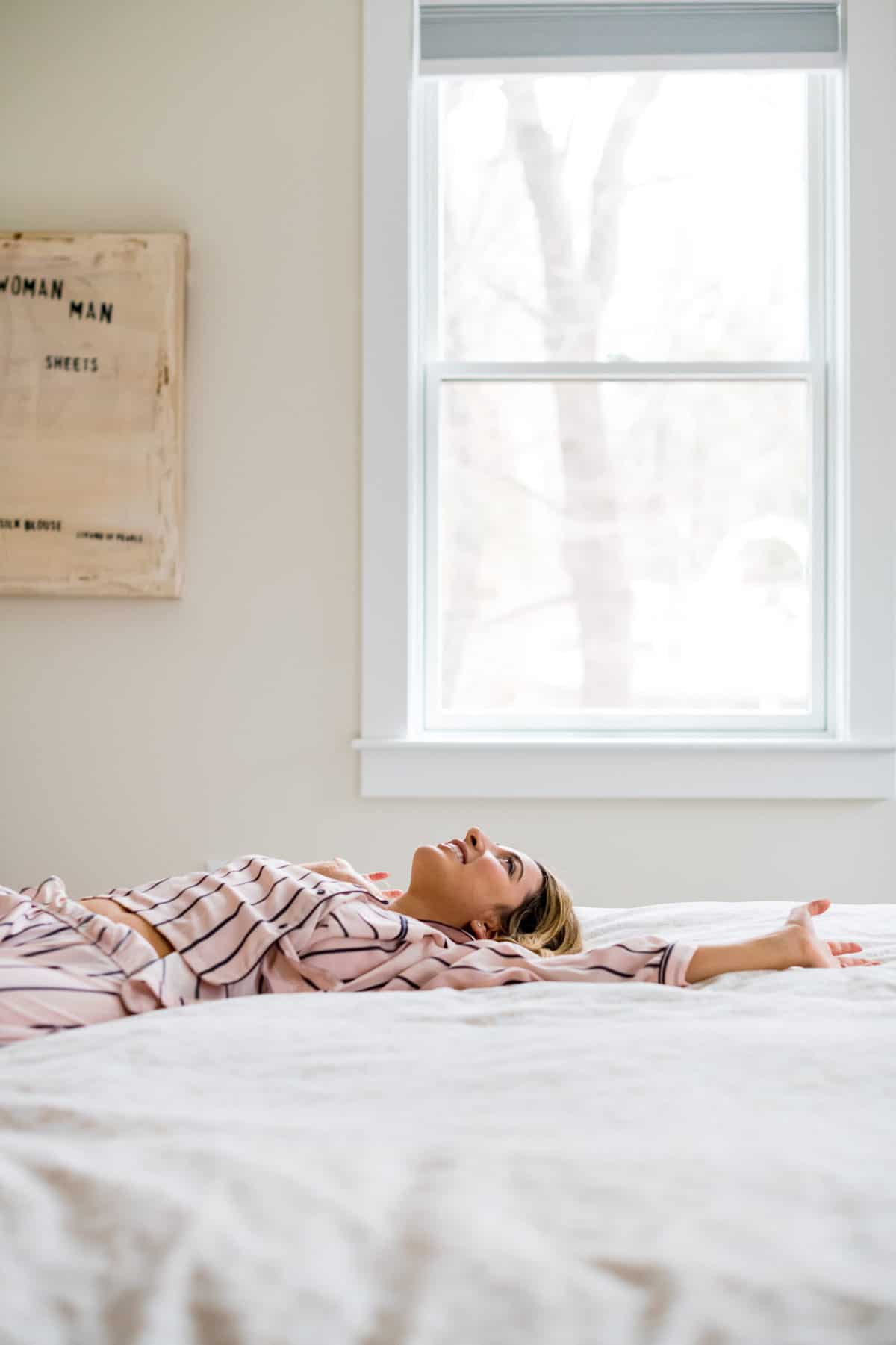
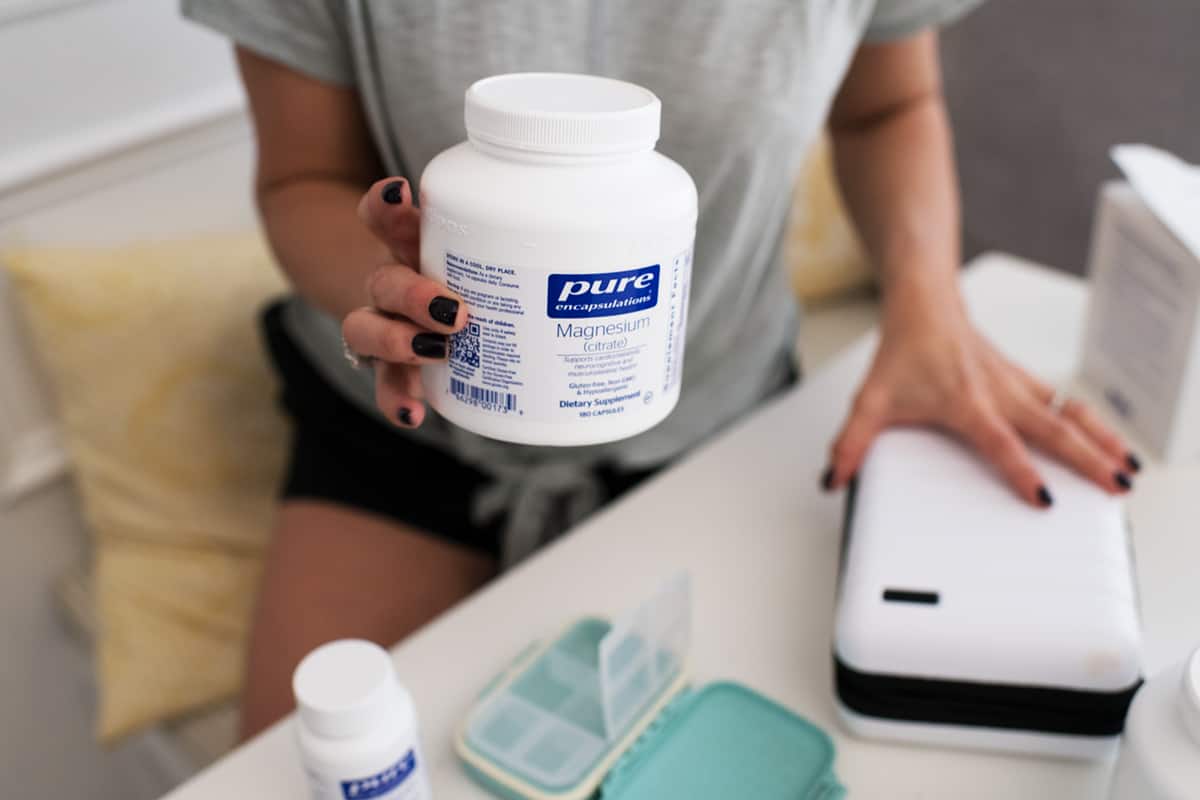
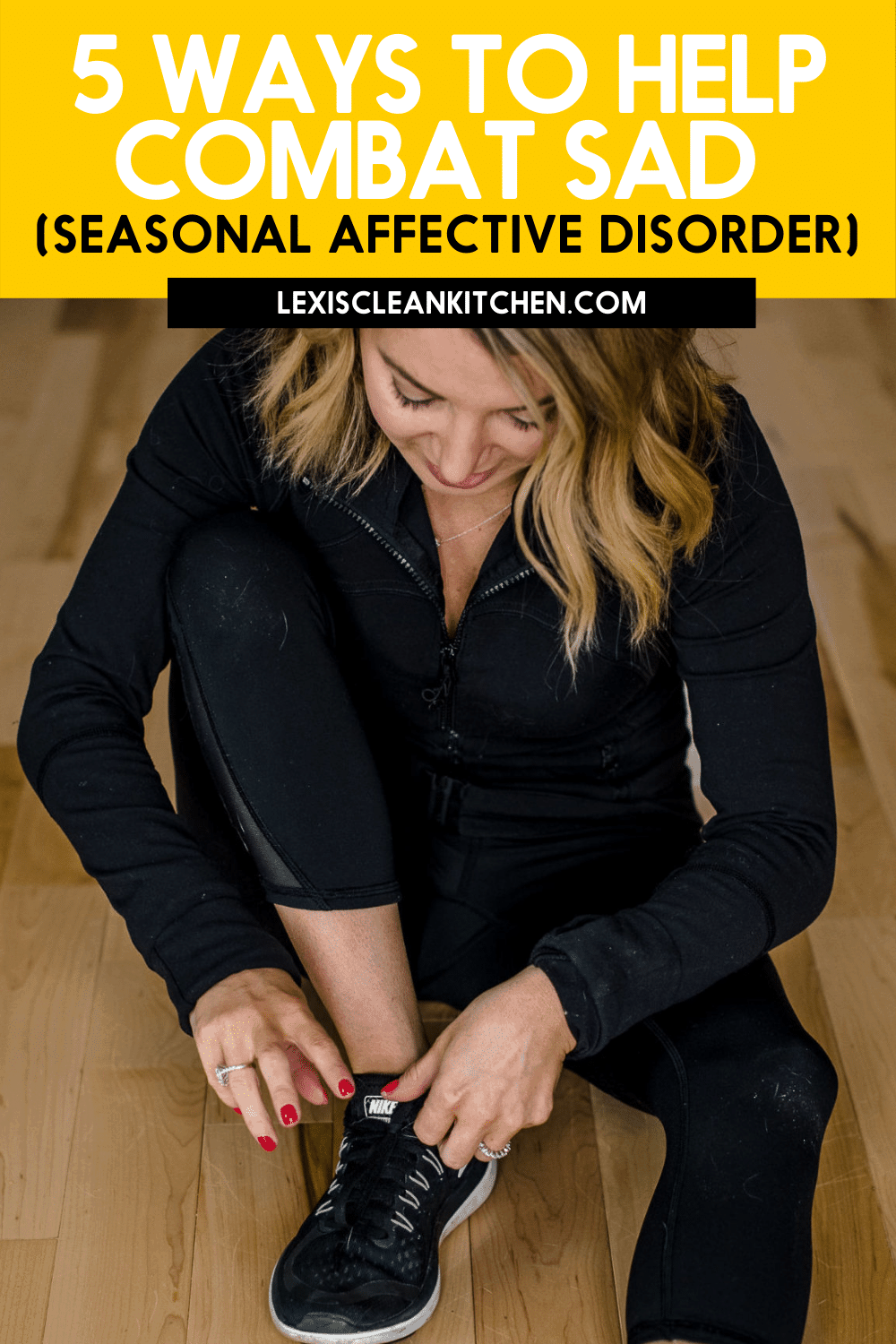

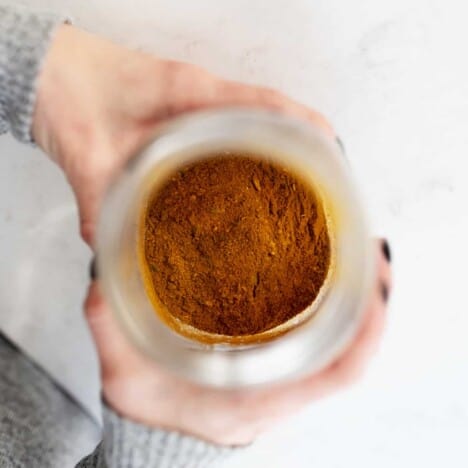
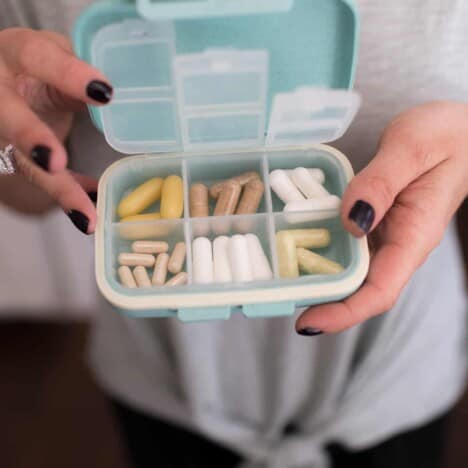


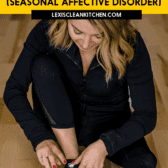
Thank you for this information, I am battling with this.